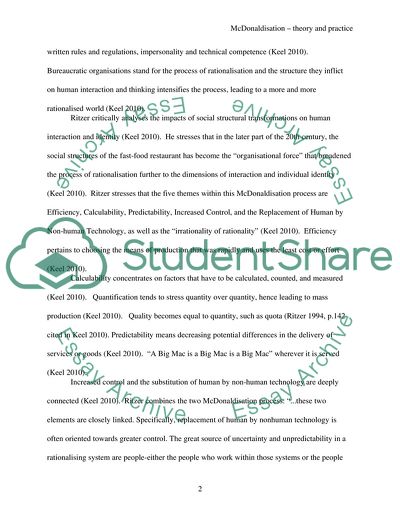Cite this document
(Features Of Mcdonaldisation In Theme Parks Essay, n.d.)
Features Of Mcdonaldisation In Theme Parks Essay. Retrieved from https://studentshare.org/marketing/1749825-mcdonaldisation-theory-and-practice-a-case-study-of-insert-the-name-of-the-organisation
Features Of Mcdonaldisation In Theme Parks Essay. Retrieved from https://studentshare.org/marketing/1749825-mcdonaldisation-theory-and-practice-a-case-study-of-insert-the-name-of-the-organisation
(Features Of Mcdonaldisation In Theme Parks Essay)
Features Of Mcdonaldisation In Theme Parks Essay. https://studentshare.org/marketing/1749825-mcdonaldisation-theory-and-practice-a-case-study-of-insert-the-name-of-the-organisation.
Features Of Mcdonaldisation In Theme Parks Essay. https://studentshare.org/marketing/1749825-mcdonaldisation-theory-and-practice-a-case-study-of-insert-the-name-of-the-organisation.
“Features Of Mcdonaldisation In Theme Parks Essay”, n.d. https://studentshare.org/marketing/1749825-mcdonaldisation-theory-and-practice-a-case-study-of-insert-the-name-of-the-organisation.


